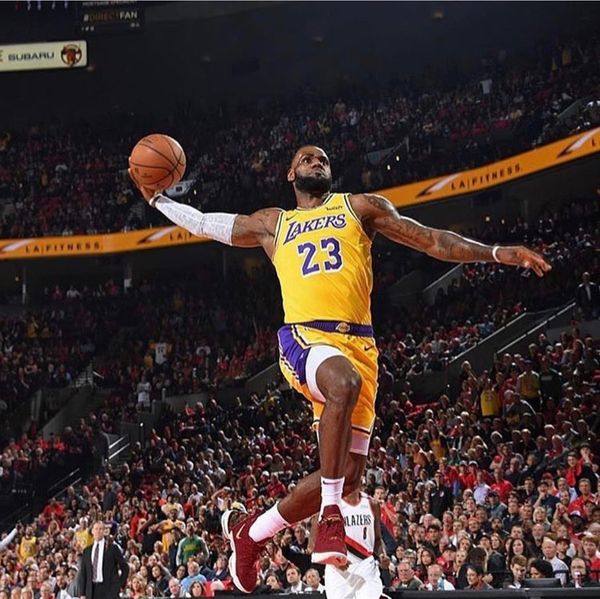If you have watched the news at all lately you have more than likely seen the appalling stories about Larry Nassar and the atrocities that various coaches and other members of the USA gymnastics community allowed him to commit while giving “medical care” to young gymnasts.
As a former gymnastics coach and athlete, I was horrified and appalled when the news broke about what had happened. I couldn’t believe an organization that all of us had held in such high esteem allowed this to continue and shamed the victims when they spoke up.
With the resignation of the entire USA Gymnastics board and new accusations coming against Nassar every day, it’s impossible to ignore that these are very dark days for the gymnastics community. With that being said, a lot of gyms are doing the right thing and taking tedious precautions when it comes to the safety and well-being of our gymnasts. I was lucky enough to coach for one of those gyms.
I started working at ASI gymnastics in May of 2016. I had personally been a gymnast there as a kid so I was excited to continue the experience I had with the kids I coached. From the get-go, I received training on how to correctly hold the kids while spotting so that sensitive areas and safety were not compromised.
Furthermore, I had the constant accountability of an extensive camera system and parents always watching so if an unintentional slip did occur, it could be truly deemed accidental and no fingers would be pointed. I thought all gyms were this thorough with regards to sexual assault prevention, but as recent events have indicated, I was wrong.
About two or three months after I started working at ASI, the employees started buzzing about how some of our managers were going to be meeting with people from USA Gymnastics. The goal was to discuss our proactive measures to keep our kids and coaches safe from sexual assault.
The summer Olympics were going on in Rio de Janeiro, and we were all in awe of how incredibly well Team USA was doing, but there was a rumor lurking in the background tainting our success about a doctor who had been sexually assaulting the gymnasts.
At this point, the news was still a hushed secret within the gymnastics community. Because of that even as coaches, we didn’t know much about what was going on, but we were proud that our gym was being recognized for our measures of keeping everyone at the gym safe.
The news actually broke about the sexual assault charges against Larry Nassar in September 2016, a few months after my gym had been interviewed. After almost a year and a half later, and more than 150 testimonies against Nassar, he will be in jail for the rest of his life.
As a former coach, it especially disgusts me that coaches at Michigan State and within USA Gymnastics allowed this to ensue for decades. Their girls were bold enough to tell them what was going on, but it took journalists from the Indianapolis Star to actually break any ground and verify their stories.
Are you kidding me?
As a coach, it’s your responsibility to protect your athlete’s safety and wellbeing, along with advocating for them when their voice isn’t heard no matter if the athlete is three or twenty-three. They are your number one priority. Any allegation of sexual assault for abuse from outside or within the gym needs to be investigated and addressed, no matter who is involved. It’s better to prove someone’s innocence at the beginning than to let the guilty continue their wrongdoings.
So how does the gymnastics community recover from this? It starts with accountability between coaches, doctors, and parents. It’s unfair to our athletes if we don’t believe them or ignore putting measures in place to validate their accusations like cameras or meticulous reporting methods. Coaches and athletes also need to know that they will be supported by their community if they speak up.
The testimonies of former gymnasts who lived through Nassar’s sexual assault broke my heart. I won’t ever understand why coaches, especially ones with highly prestigious programs, would ever ignore and cover up legitimate cries for help from their athletes.
Perhaps it was the fear that they would lose their positions or that it would uncover a myriad of other issues, but still, that’s inexcusable. These people are more than muscle machines, they’re human beings. We need to keep their best interest at heart because athletes do their best when they know they are loved, trusted, and supported by their coaches and their community.



















